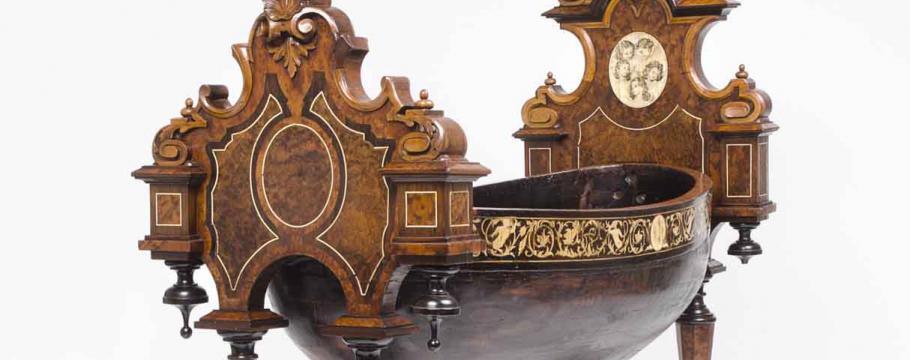
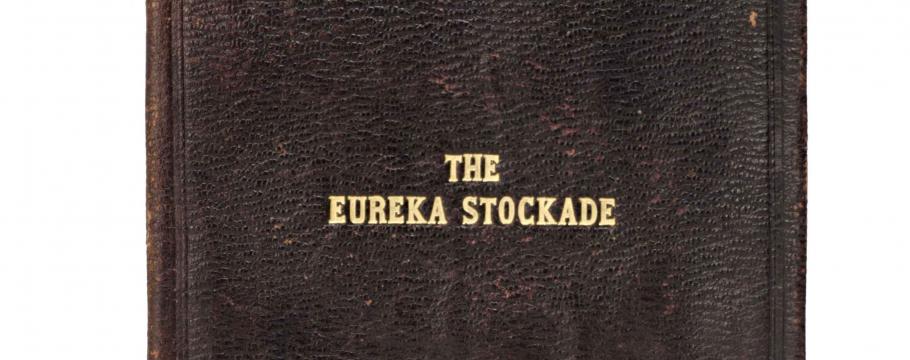

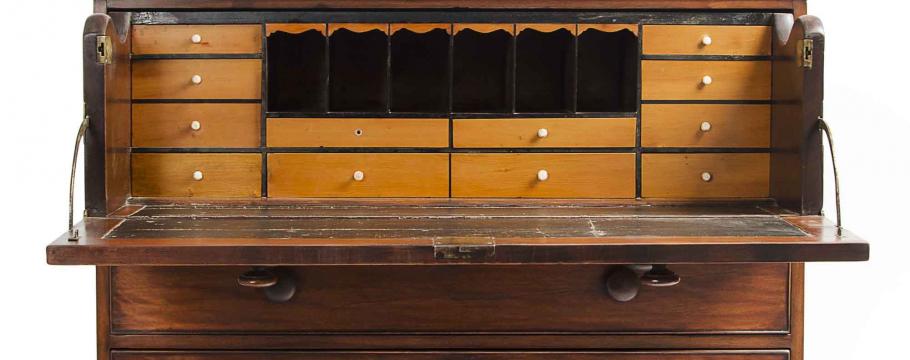
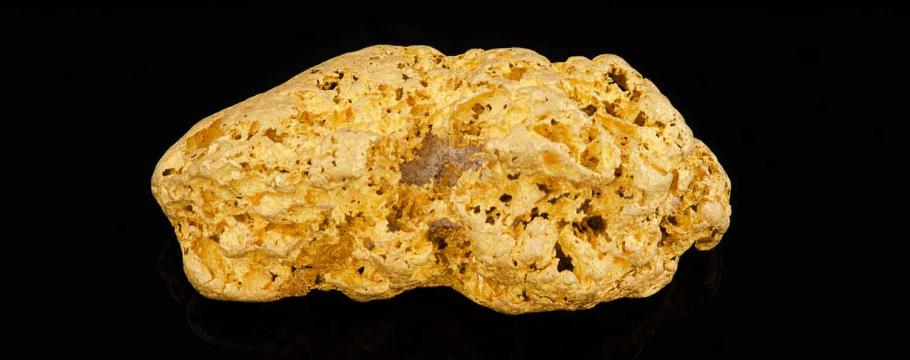
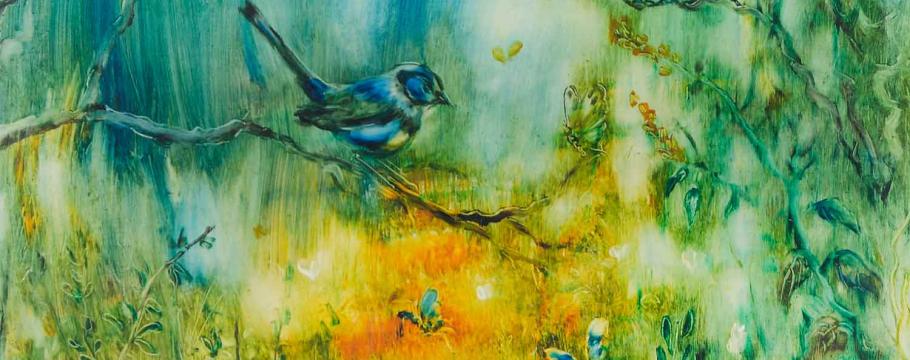

Eureka Stockade account a collector's dream
Author: Richard Brewster | Posted: 28th May, 2014
A range of Australian, colonial, antique and historical items will comprise one of Mossgreen’s most fascinating auctions for the year when offered to buyers from 2.30pm on Tuesday June 3 at 926-930 High Street, Armadale.
One of the sale’s leading attractions is the first edition account entitled The Eureka Stockade by Carboni Rafaello and published one year after the rebellion on December 3, 1854.
Purportedly given by Rafaello to Anastasia Hayes (and inscribed Anastasia Hayes, Ballarat February 25th 1862), this rare book contains the only known full account of the goldminer unrest in Ballarat at the time.
Hayes was closely associated with rebellion leader Peter Lalor and was present during the amputation of his arm after the fighting.
She was also credited with sewing the original flag that flew over the stockade during the conflict with Victorian troopers.
A collection of personal items belonging to Australian early 20th century musical comedy star the late Gladys Moncrieff will be another strong attraction.
Affectionately known as “Our Glad”, Moncrieff shot to international prominence in 1927 after her appearance in Franz Lehar’s The Blue Mazurka.
During World War II and later Korea, she entertained Australian troops fighting at home and abroad and helped raise funds for war-related charities – for which she was awarded an OBE.
Perhaps the pick of the items from an historical perspective is the royal cradle, made from New Zealand Totara Knot wood and intricately carved Renaissance-style, attributed to mid-19th century New Zealand and London cabinetmaker Johan Martin Levien.
The cradle, carrying a catalogue estimate of $300,000-$400,000, is believed to have been commissioned about 1846 by Queen Victoria and Prince Albert for the birth of their fifth child Helena, born that same year.
Another valuable furniture piece is the colonial Australian secretaire chest from Sydney.
The chest is inscribed on the base of one of the drawers with “John McMahon November 6th 1820”.
Apprenticed to David Brown, McMahon (1801-1850) was born in the colony and the chest is the earliest known signed piece by an Australian-born furniture maker.
Other items to feature include an early Australian platypus rug of 56 pelts from around 1900, taken from the Naomi River at Manilla in northern New South Wales.
The platypus rug was made by the pioneering Baldwin family, whose patriarch Henry Baldwin arrived in 1791 as a convict with the Third Fleet.
Classic examples of white colonialists, the Baldwins established the Durham Court Shorthorn stud using Australian cattle and imported English pedigree bulls, and founded the Manilla Race Club.
An impressive natural gold mineral nugget weighing 650 grams from the Castlemaine district is another attraction, along with a presentation clock carrying a sterling silver plaque with the words “From the Employees if Cameron’s Free’d Gold Mine Co. to Mr Wm Smyth with Gold Albert as a token of their Esteem. Sept 2nd 1878”.
Gold was first discovered in 1851 in Victoria on Donald Cameron’s station at the now township of Clunes near Ballarat.





